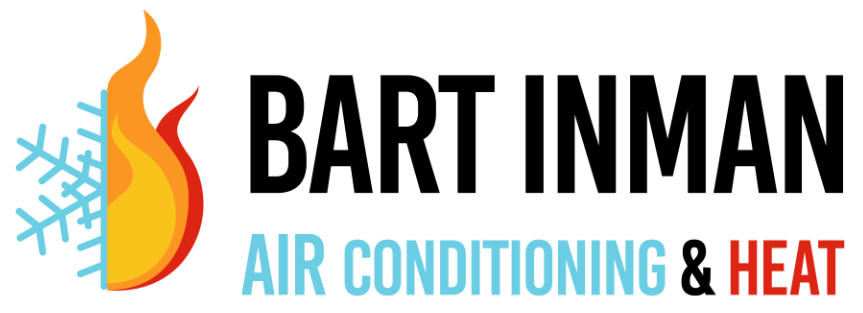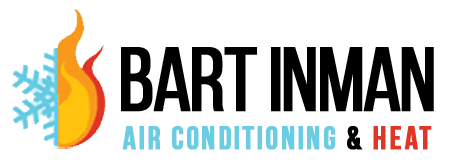
The Services You Need & The Technicians You Trust
The Dangers of Carbon Monoxide
When the carbon monoxide detector was invented in the 1920s, few understood how serious the dangers of carbon monoxide could be. As more and more homes were outfitted with detectors, people become familiar with the risks associated with this odorless, colorless gas. Before that, one of the biggest dangers of carbon monoxide was that few knew how to detect it and it was hard to know if your home was at risk.
Today, however, we have a much better understanding of carbon monoxide, how it gets into the home, and how to stay safe. There is one way in which the dangers of carbon monoxide have increased though, which is that many more homes now have HVAC systems that can cause leaks and pose a danger to your family. To stay safe, it is important to check your furnace and HVAC system for leaks regularly and to test carbon monoxide detectors and make sure they always have working batteries.
If you have questions about carbon monoxide leaks in your home and how your furnace may be putting your family at risk, in the greater St. Louis and Metro East area, contact Bart Inman Air for heating and cooling services today at (314) 293-2600.
Protect Your Home & Loved Ones
Signs of Carbon Monoxide
Actual flue-pipe found on a operating furnace: Danger Carbon Monoxide pouring into a home.
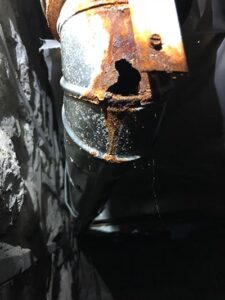
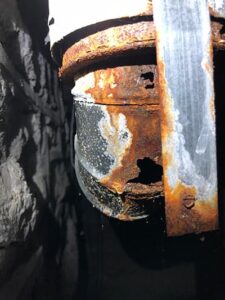
Cracked heat exchanger: found only after replacement of air conditioner and furnace. Carbon Monoxide was entering home undetected.
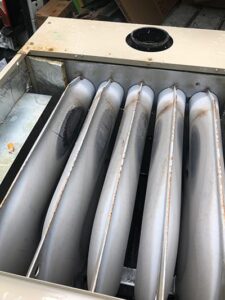
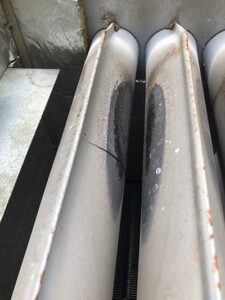
Clogged flue: Discovered while replacing air conditioner. Carbon Monoxide entering home from furnace.
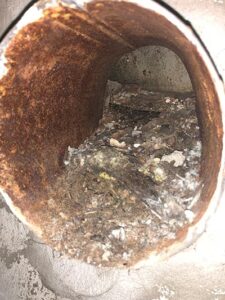
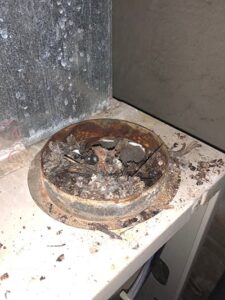
Clogged flue liner from furnace: Carbon Monoxide detector did go off.
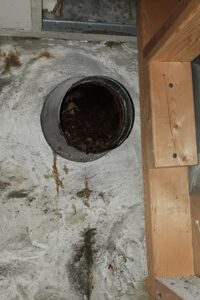
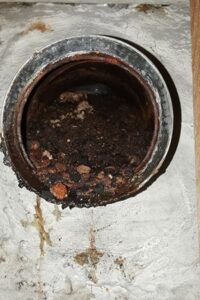
Our Technicians Are Licensed & Trained
FAQs
The foremost danger of carbon monoxide is the risk of poisoning. While you have to inhale a significant amount of the gas to lose consciousness or, in the worst-case scenario, die — even a small amount of carbon monoxide can cause serious illness. The symptoms of carbon monoxide poisoning include headache, dizziness, chest pain, and an upset stomach. Some describe the symptoms as being “flu-like”. However, as the initial signs of carbon monoxide poisoning can be easy to overlook or brush off as the flu, the danger is that carbon monoxide exposure continues and can result in loss of consciousness and death.
Everyone is at risk from the dangers of carbon monoxide poisoning, but some people are especially prone to these effects. Infants, elderly people, and those with breathing problems or chronic heart disease are at higher risk than most. However, even a healthy person can be affected by the dangers of carbon monoxide, and avoiding leaks is the best way to stay safe.
Many are aware of the dangers of carbon monoxide presence from gas stoves, water heaters, generators, and other devices, but some appliances with the potential for leaks do not get the same attention. HVAC equipment is one area in which preventative maintenance may be neglected.
These are some of the ways that carbon monoxide can enter the home from an HVAC system:
- Cracked or corroded flue pipe
- Broken heat exchanger
- Clogged flue pipe
In addition to monitoring your HVAC system for potential problems and leaks, there are other things you can do to make sure you stay safe.
While the dangers of carbon monoxide poisoning are scary — especially for those with young children at home, preventing a leak can be as easy as making sure you get regular HVAC maintenance on your system. Scheduling regular maintenance with an HVAC professional is a great way to make sure everything is working properly.
In addition to this, you want to make sure you have a working carbon monoxide detector and refrain from using items such as generators or camp stoves indoors. If you do start to feel light-headed, nauseous, or get a headache with no apparent cause, check your detector to make sure it is working. With a little forethought — and proper HVAC maintenance — it is easy to keep you and your family safe from carbon monoxide poisoning.
For more information about potential carbon monoxide threats from your HVAC system or to schedule an appointment for maintenance on your HVAC system, contact us in St. Louis and Illinois at (314) 293-2600. We look forward to answering any questions you have.
Schedule HVAC Maintenance in St. Louis/Illinois Today!
Contact Us Today

